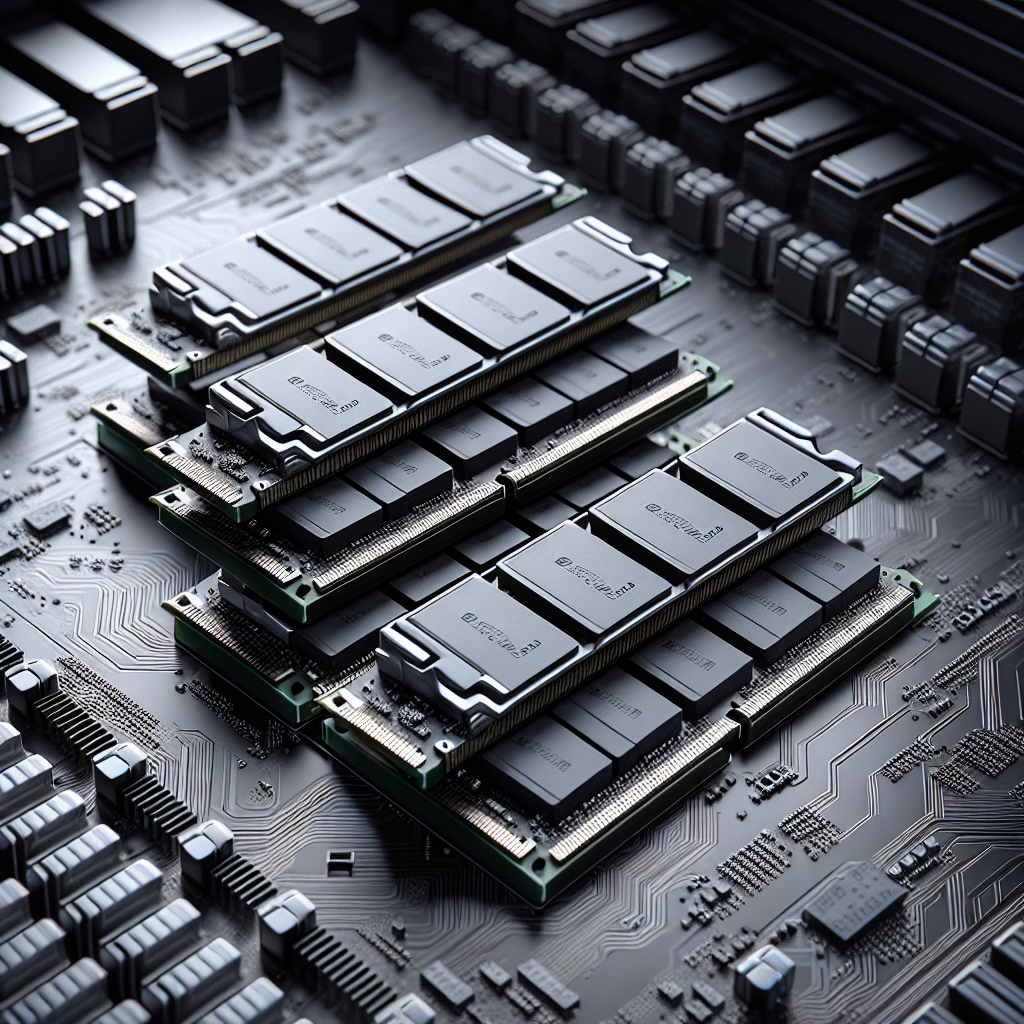Memory technology has come a long way since the early days of computing. From the days of punch cards and magnetic tape to the modern era of solid-state drives and cloud storage, memory technology has evolved rapidly to keep pace with the increasing demands of today’s digital world. One of the latest advancements in memory technology is the introduction of 64GB DDR5 technology.
DDR5, which stands for Double Data Rate 5, is the fifth generation of DDR memory technology. It offers significant improvements over its predecessor, DDR4, including higher data transfer rates, lower power consumption, and increased capacity. With 64GB of memory, DDR5 technology allows for faster and more efficient data processing, making it ideal for high-performance computing tasks such as gaming, video editing, and data analysis.
One of the key features of DDR5 technology is its increased data transfer rates. DDR5 memory modules can transfer data at speeds of up to 6400 MT/s, compared to the maximum speed of 3200 MT/s offered by DDR4 modules. This means that DDR5 technology can handle more data at a faster rate, resulting in improved system performance and responsiveness.
In addition to faster data transfer rates, DDR5 technology also offers lower power consumption. DDR5 memory modules are designed to operate at lower voltages than DDR4 modules, resulting in reduced power consumption and heat generation. This not only helps to improve the overall efficiency of a system but also extends the lifespan of the memory modules.
Another key advantage of DDR5 technology is its increased capacity. With 64GB of memory, DDR5 technology allows for larger data sets to be processed simultaneously, making it ideal for multitasking and memory-intensive applications. This increased capacity also allows for more efficient data storage and retrieval, leading to improved system performance and responsiveness.
Overall, the evolution of memory technology has led to significant advancements in performance, efficiency, and capacity. The introduction of 64GB DDR5 technology represents the latest milestone in this ongoing evolution, offering faster data transfer rates, lower power consumption, and increased capacity. As technology continues to advance, we can expect to see even more impressive innovations in memory technology that will further enhance the capabilities of modern computing systems.


Leave a Reply